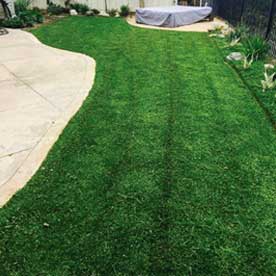kurapia ground cover zones
Kurapia is adapted to USDA climate zones of 7b and higher. Kurapia is a newly developed highly versatile groundcover equally suited for both commercial and residential applications.

Kurapia Ground Cover Drought Tolerant Turf Alternative Lawn Drought Tolerant Garden Ground Cover Plants Shade Plants
At this time growth will slow down and the plantings should be mulched to reduce the incidence of weeds.
. We recommend spacing Kurapia New White and Pink plugs at 15 on center in a triangular pattern which should fully cover an area in approximately 1 to 2 months. Kurapia can tolerate light foot traffic but is not recommended for heavy traffic areas like playgrounds or sports fields. Browse Our Variety Of Grasses And Ground Covers And Create The Yard Of Your Dreams.
Ad Shop Our Selection of Ground Cover Plants Add These Perennials to Your Garden Today. Long Term Irrigation Strategy. Growth rate depend on amount of daylight hours soil fertility climate.
Use Our Growing Zone Finder to Plan the Perfect Garden. Kurapia grows close to the ground and rarely exceeds one inch high. Low maintenance for areas receiving light traffic Kurapia blooms from May through October.
Kurapia establishes fast is easy to control and can be mowed into a low cushiony turf. Kurapia is adapted to climate zones of 7b and higher. Kurapia is a NEW drought tolerant and low maintenance turf alternative natural ground cover sod in California Arizona and Nevada.
Kurapias drought tolerance provides up to 60 savings in watering. You may also let it bloom into a lush groundcover. Best results will come from planting during the growing season from March through September though when necessary Kurapia may be planted on into late fall and winter.
Kurapia has been known to survive temperatures as low as 13 F. This highly versatile ground cover sod uses up to 60 Less Water than cool season turf. Kurapia is adapted to climate zones of 7b and higher.
We can say that we fully believe in this product and the future it has as becoming the leading turf and groundcover. Establishment takes approximately 21-30 days March-September and requires regular irrigation. In regions where average daily temperatures remain above 45 F Kurapia will stay.
Water needs will vary by local climate soil type time of the year and both type of irrigation system and irrigation methods. Once established it requires little maintenance and needs less water than cool season turfgrasses. Ad Lowes Has Your Next Project Covered.
Growth rate depend on amount of daylight hours soil fertility climate. For example in temperatures above 45-degrees F the grass remains evergreen. Lawns take more energy more water more maintenance and have more problems than any other landscape entity.
Kurapia is a newly developed highly versatile groundcover equally suited for both commercial and residential applications. Once established it requires little maintenance and needs less water than even californias cool season turf grasses. But it will decrease when it enters dormancy with temperatures falling to 38-degrees F.
This highly versatile ground cover sod uses up to 60 less water than cool season turf. There is no one irrigation recommended for Kurapia. Use Our Growing Zone Finder to Plan the Perfect.
We recommend planting Kurapia in. Very good on steep slopes. Home To Any Budget Home To Any Possibility.
Shop By Your Zone Garden with the Confidence that Your Plants will Thrive. However it is not recommended for use under intensive concentrated traffic. Kurapia can tolerate partial shade and light traffic when maintained either non-mowed or mowed similar to a lawn.
Kurapia adapts well to different climates in the USDA hardiness zones 7b and higher. We suggest 12 on center or tighter if planting on a steep slope in heavy clay or sand or in partial sun. With dedication to our ongoing learning we have discovered Kurapia holds many keys to the future of ground sustainable ground covers both in cultivation and for property owners.
Once established it requires less maintenance and needs less water than cool and warm season turfgrasses. Once fully established Kurapia roots may go as far as 5-10 feet below the soil surface when properly irrigated. Kurapia is adapted to USDA climate zones of 7b and higher.
Bring Attention to Your Yard Garden or Borders Shop Spring Hill and Save up to 30. Kurapia Utility Groundcover. Its sturdy structure is ideal for a multitude of uses.
Ad Unsure What to Plant in Your Area. Learn about Kurapia a lawn alternative to gras. Kurapia works well to cover highway and freeway shoulders rooftops pub-lic utility areas commercial properties and solar farm landscapes.
Deep irrigation will encourage deep rooting and decrease watering sessions. Kurapia is adapted to usda climate zones of 7b and higher.

Kurapia The Perfect Groundcover Gardening Tips For The Santa Cruz Mountains
Kurapia Utility Groundcover California Lawn Alternatives

Kurapia Utility Groundcover California Lawn Alternatives
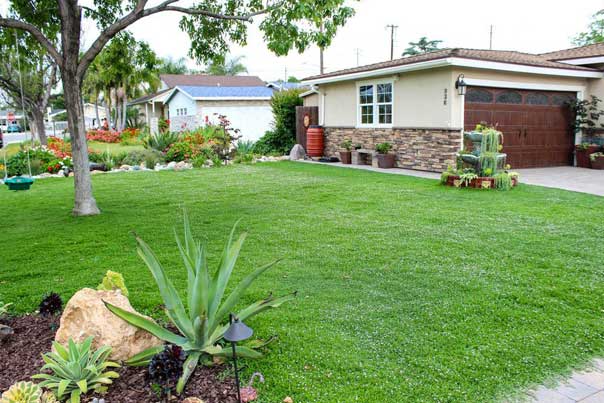
Valley Sod Farms Commercial And Residential Sod Company
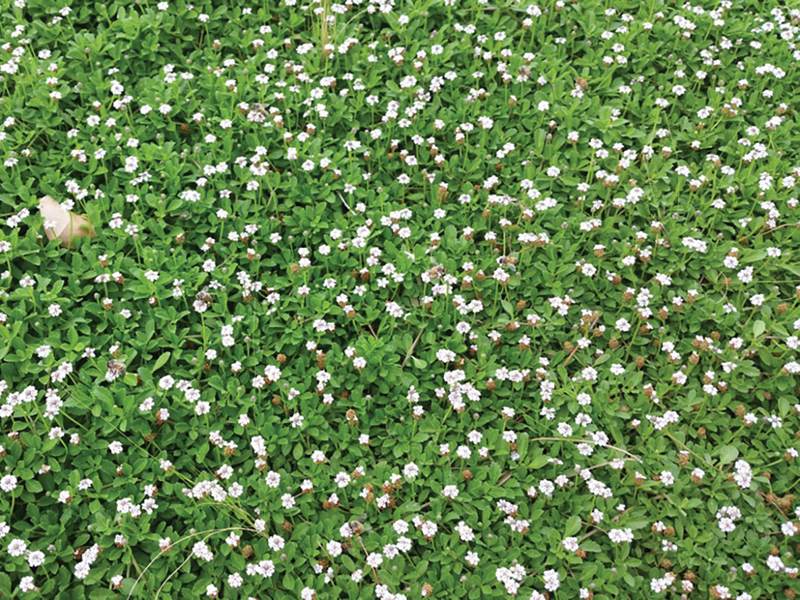
Kurapia Performance In The Low Desert Of Arizona Gcmonline Com

Kurapia Utility Groundcover California Lawn Alternatives
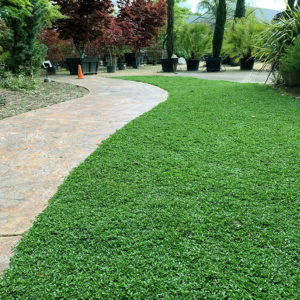
Kurapia Support Guide Planting Weeding Watering Questions

Kurapia Utility Groundcover California Lawn Alternatives
Lippia Nodiflora Kurapia Plantmaster

Kurapia Drought Tolerant Ground Cover Sod Arizona Sod

The Landscape Expo Located At The Long Beach Convention Center

Kurapia Drought Tolerant Ground Cover Sod Arizona Sod
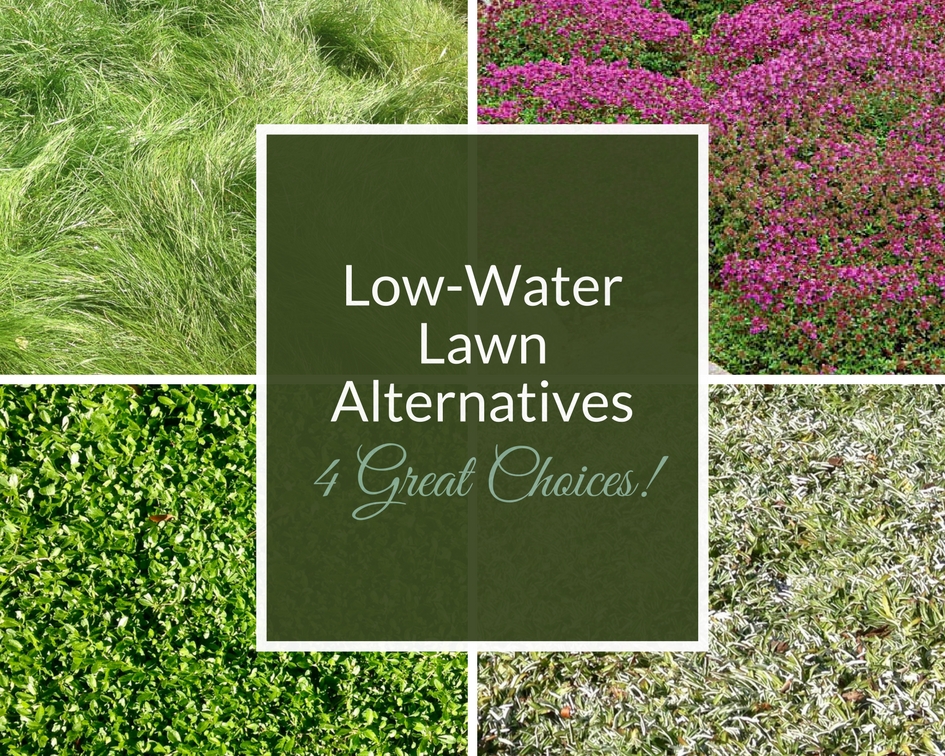
Four Water Saving Plants To Replace Your Thirsty Lawn Vision Garden Design

Kurapia Utility Groundcover California Lawn Alternatives

Kurapia Drought Tolerant Groundcover Drought Resistant Landscaping Front Yard Plants Grass Alternative
Kurapia Drought Tolerant Ground Cover Sod Arizona Sod

Kurapia Drought Tolerant Lawn Alternative Erosion Control
